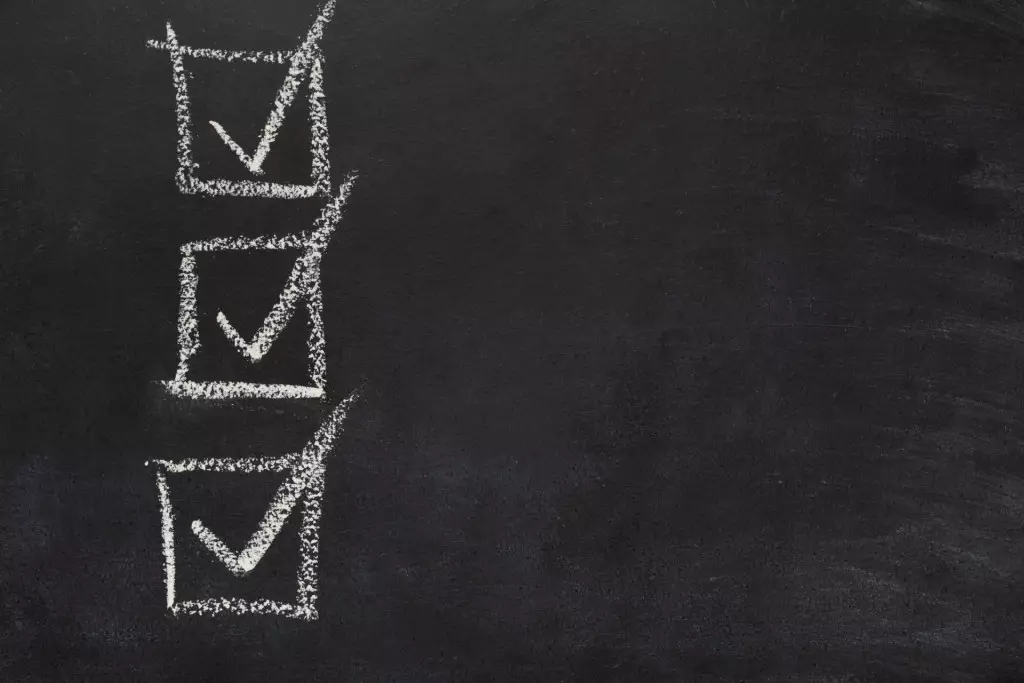Dispelling misconceptions in pharmacovigilance
- 25/10/2023
Pharmacovigilance is the unsung hero of the pharmaceutical industry. It’s the meticulous detective work that goes on behind the scenes, ensuring that the drugs we rely on are safe and effective. However, like any field, pharmacovigilance is not immune to its fair share of stereotypes. In this article, we’ll explore some of the most prevalent misconceptions and shed light on the true significance of pharmacovigilance.
1. The myth of administrative drudgery
When one delves into the pharmacovigilance world, a prevalent stereotype often rears its head – that it’s a realm of endless paperwork and monotonous administrative tasks. However, this misconception couldn’t be further from the truth. Dedicated pharmacovigilance professionals don the mantle of patient safety sentinels within this field. Their mission extends far beyond mere administrative chores. They stand as the vanguards, responsible for the relentless pursuit of identifying, assessing, and mitigating risks associated with pharmaceutical products.
2. Beyond adverse events
At first glance, pharmacovigilance is primarily about meticulously documenting adverse events. However, this initial impression barely scratches the surface of the multifaceted nature of this critical discipline. The responsibilities of pharmacovigilance professionals go well beyond mere event recording. They engage in a broad spectrum of activities, including assessing risks, managing those risks, detecting potential signals, and evaluating the overall benefit-risk profile of medications. It’s more than just paperwork; it’s the cornerstone of responsible healthcare and the guardian of patient safety.
3. Pharmacovigilance: Not solely for regulatory compliance
Pharmacovigilance is occasionally misconstrued as nothing more than a regulatory box to tick. However, this perception needs to justify the profound purpose underpinning this field. At its heart, pharmacovigilance is about vigilance for the well-being of individuals. It takes on the role of an ever-watchful guardian whose primary focus is identifying and managing drug risks. In essence, pharmacovigilance goes far beyond the realm of regulations. It embodies a noble mission to make healthcare safer and more reliable for everyone. It’s the guardian of patient welfare, ensuring that individuals can have confidence in the medications they depend on.
4. Not Just for New Drugs
A prevailing misconception about pharmacovigilance is its exclusive association with newly introduced or experimental medications. However, this belief overlooks a fundamental truth – even well-established and familiar drugs can reveal rare or long-term adverse effects that necessitate continuous monitoring. In pharmacovigilance, a drug’s age is not a limiting factor. The evolving nature of healthcare necessitates that pharmacovigilance remains a constant process. Medications that have been part of the medical arsenal for years may still pose risks that have yet to be fully understood. Pharmacovigilance professionals are vital in preserving patient safety by extending vigilance to new and established drugs.
5. Collaborative endeavours in pharmacovigilance
Pharmacovigilance is not a solitary endeavour exclusive to pharmaceutical companies; it is, in fact, a harmonious collaboration that involves a multitude of stakeholders. Healthcare professionals, patients, and regulatory agencies are integral to this collective effort. Regardless of its role, each entity contributes to identifying and managing drug-related risks, thereby enhancing the safety of medical treatments. Healthcare professionals, with their intimate knowledge of patient experiences, provide crucial insights. As the end-users of medications, patients offer invaluable perspectives on drug effects. Regulatory agencies serve as vigilant overseers, upholding and enforcing safety standards. This collaborative symphony widens the scope of pharmacovigilance and enriches its effectiveness.
6. A Field in Constant Evolution
Some may mistakenly perceive pharmacovigilance practices as static and antiquated. However, this couldn’t be further from the truth. Pharmacovigilance is not only alive and thriving but is also in a perpetual state of evolution. It is an ever-dynamic and forward-looking discipline that readily embraces new data sources, emerging technologies, and innovative methodologies to enhance effectiveness. Pharmacovigilance, being at the forefront of patient safety, responds by adapting and incorporating cutting-edge tools and techniques. It remains a field that thrives on innovation and is quick to integrate the latest advancements to stay ahead of the curve.
7. The actual objective of pharmacovigilance is not about banning drugs
Pharmacovigilance is frequently mischaracterized as an instrument for banning drugs, a misconception obscuring its actual purpose. The overarching goal of pharmacovigilance is neither prohibition nor restriction; instead, it’s a meticulous endeavour to assess and manage risks associated with pharmaceutical products. Its fundamental objective is to provide the necessary insights for informed decisions about a drug’s benefits and potential risks. In its essence, pharmacovigilance is a guardian of balance. It seeks to strike a delicate equilibrium, ensuring patient safety on the one hand and preserving access to effective treatments on the other. In this role, it becomes a guiding force that safeguards individuals’ well-being while maintaining the availability of therapeutic options.
Conclusion
In conclusion, pharmacovigilance is a vital component of our healthcare system, tirelessly working behind the scenes to protect patients and improve healthcare quality. By debunking these stereotypes and gaining a deeper understanding of their importance, we can better appreciate pharmacovigilance’s critical role in safeguarding our health and well-being.
- 08/12/2025
- Drug Safety


